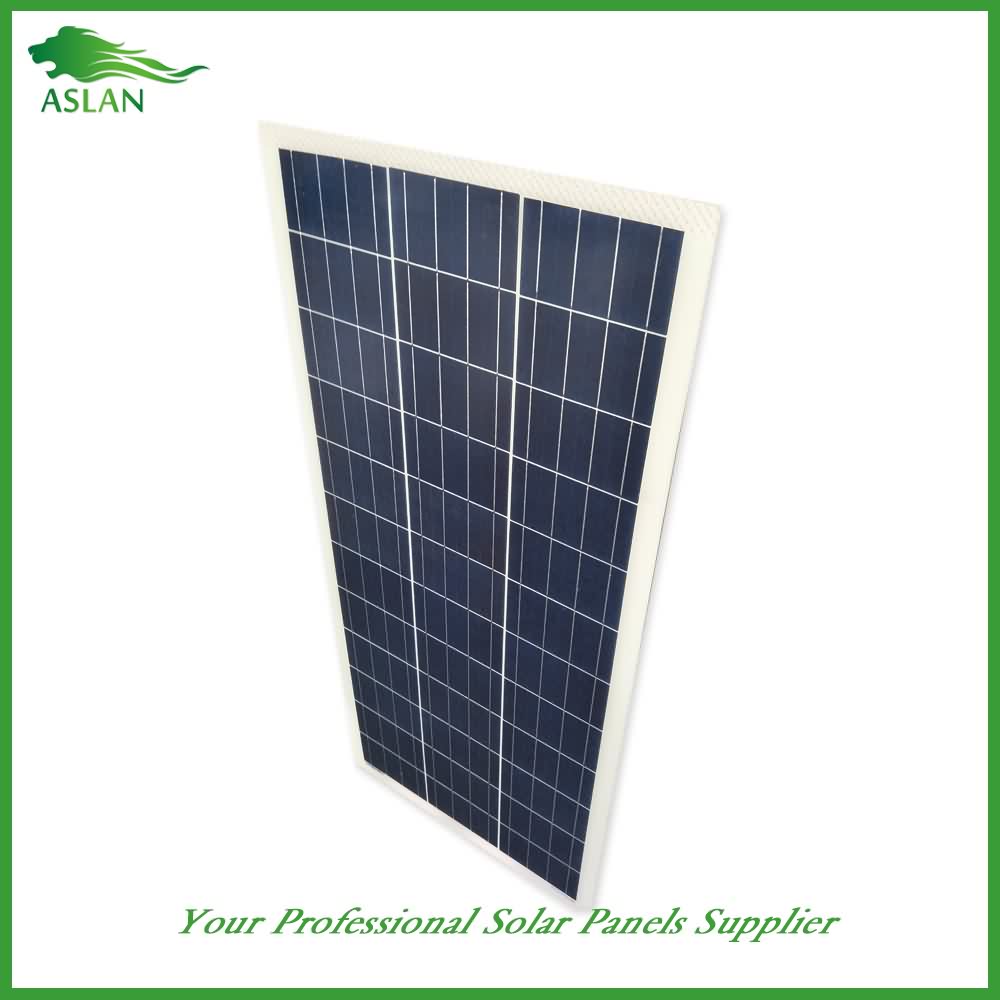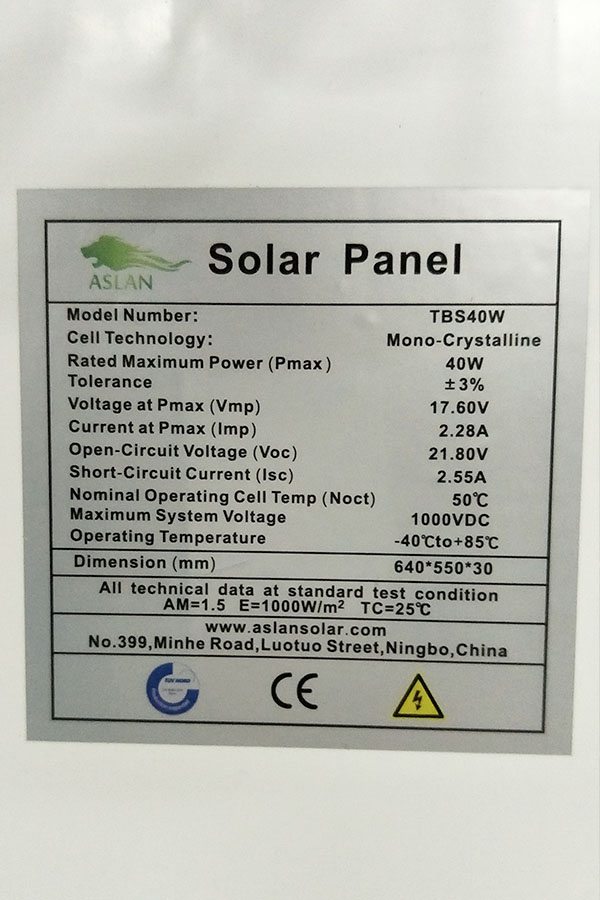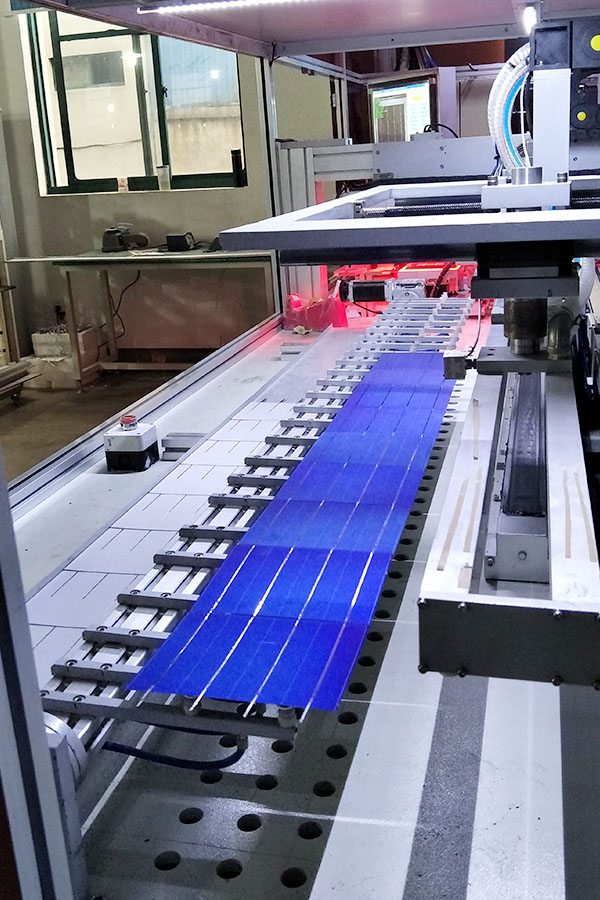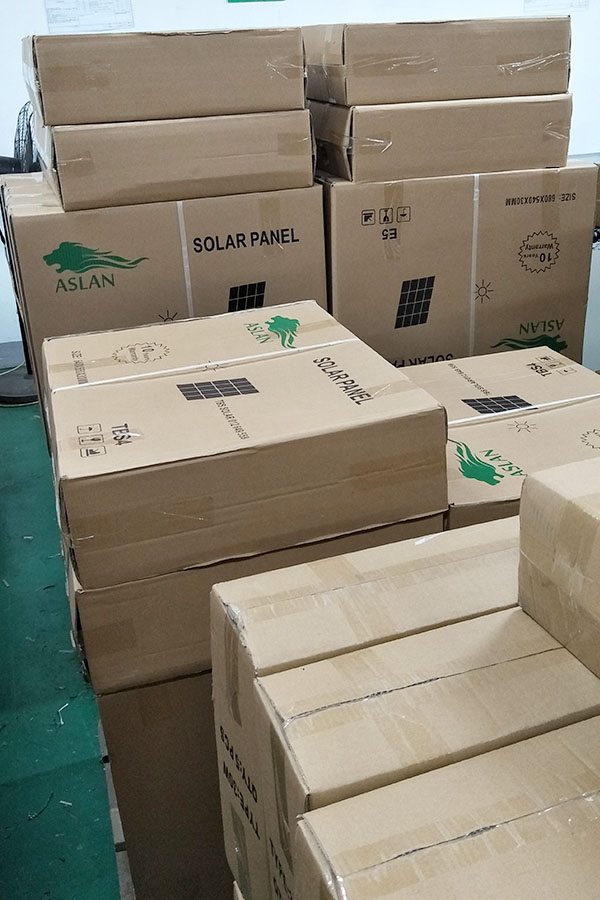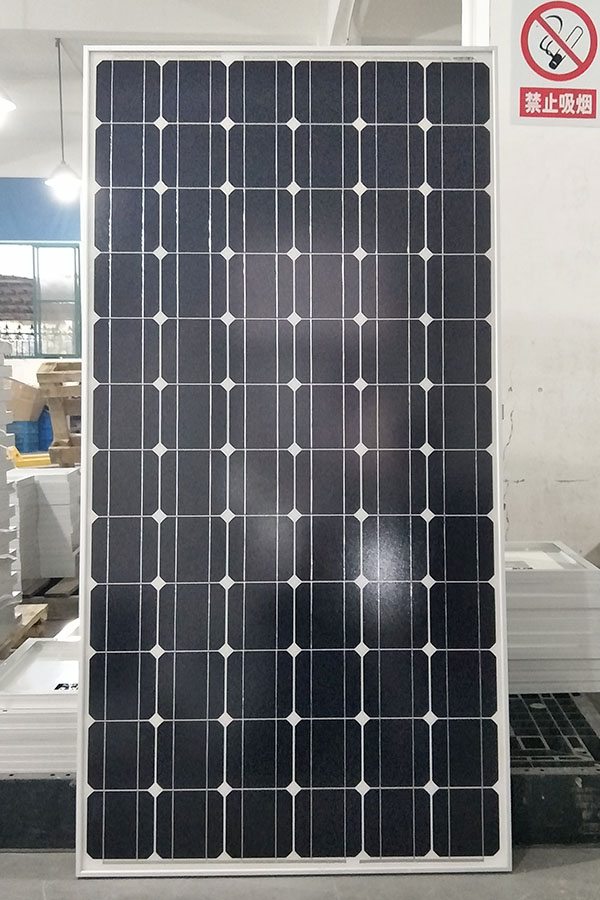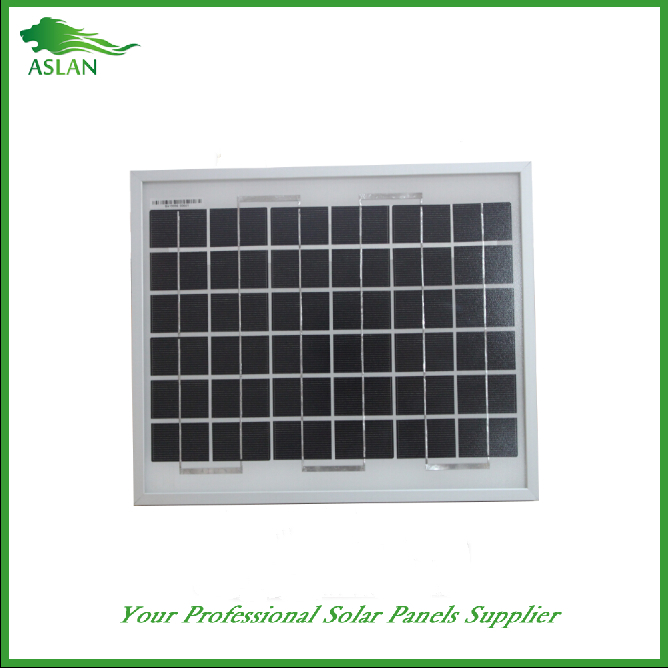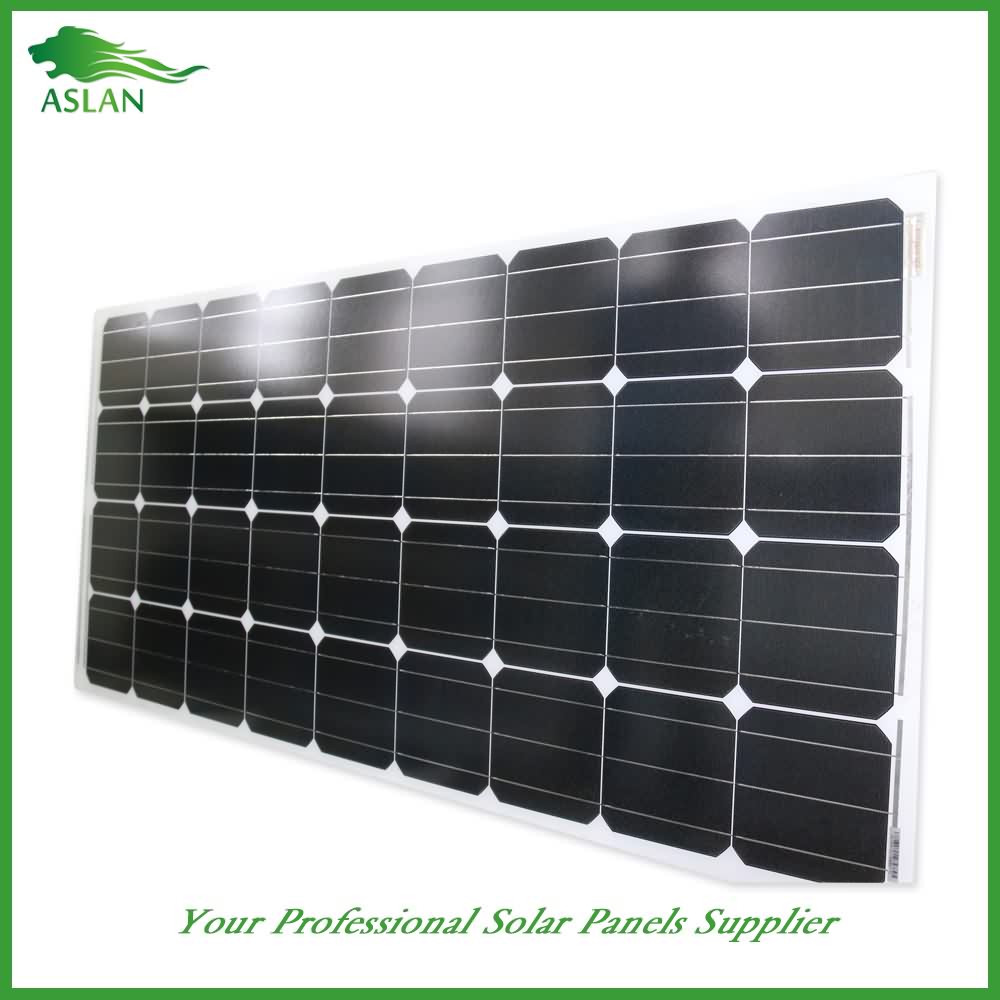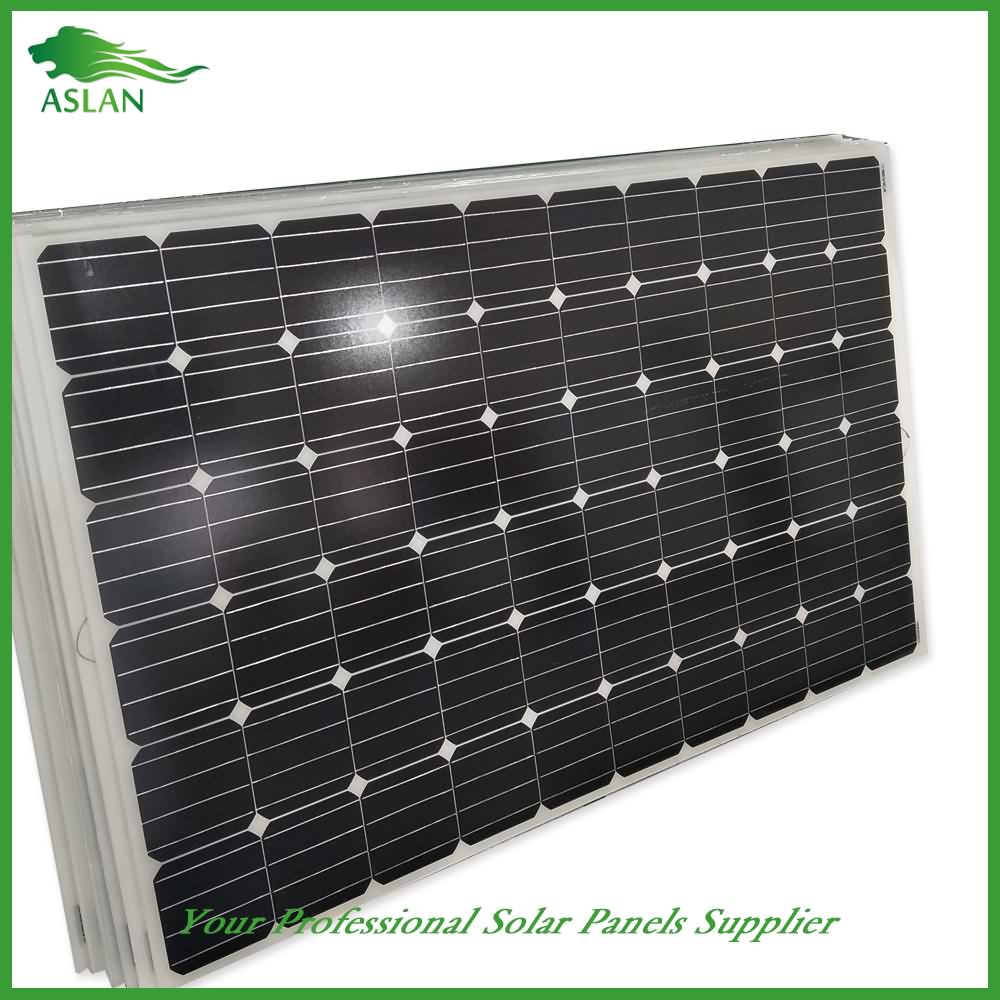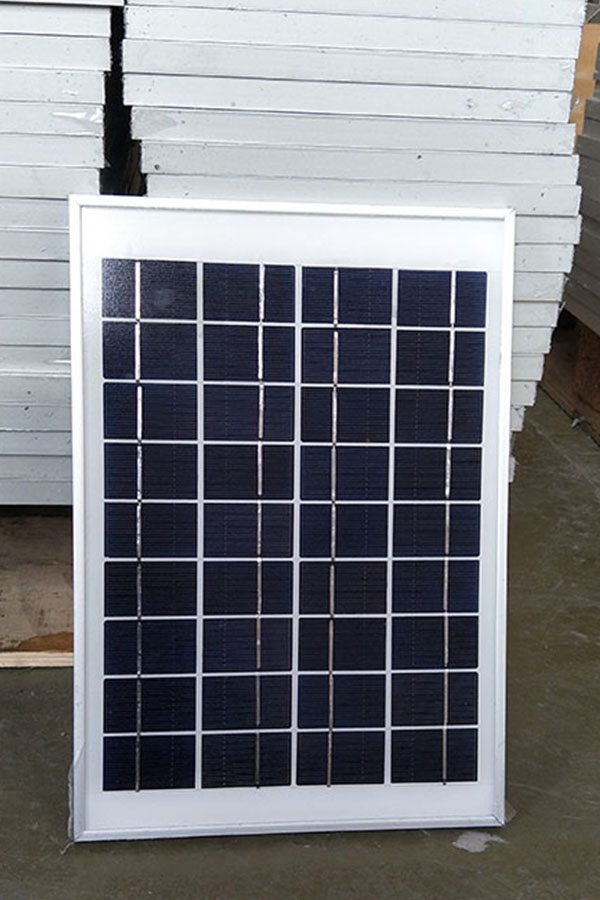40% OFF Price For Poly-crystalline Solar Panel 80W for Switzerland Manufacturer
Short Description:
Assume full responsibility to meet all demands of our clients; achieve continuous advancements by promoting the growth of our clients; become the final permanent cooperative partner of clients and maximize the interests of clients for 40% OFF Price For Poly-crystalline Solar Panel 80W for Switzerland Manufacturer, Sincerely hope we are growing up together with our customers all over the world.
Poly-crystalline Solar Panel 80W
Technical parameter
Maximum Power(W) 80W
Optimum Power Voltage(Vmp) 18.13V
Optimum Operating Current(Imp) 4.70A
Open Circuit Voltage(Voc) 21.79V
Short Circuit Current(Isc) 5.16A
Mechanical Characteristics
Cell Type Poly-crystalline 156x104mm (6 inch)
No of Cell 36 (4x9pcs)
Dimensions 1008x678x35mm
Weight 8.3KGS
Front Glass 3.2mm,High Transmission, Low Iron,Tempered Glass
Junction box IP65 Rated
Output Cable TUV 1×4.0mm2/UL12AWG,Length:900mm
Temperature and Coefficients
Operating Temperature(°C): -40°C ~ + 85°C
Maximum System Voltage: 600V(UL)/1000V(IEC) DC
Maximum Rated Current Series: 15A
Temperature Coefficients of Pmax: -0.435%
Temperature Coefficients of Voc: -0.35%
Temperature Coefficients of Isc: 0.043%
Nominal Operationg Cell Temperature (NOCT): 47+/-2°C
Materials of solar panel
1).Solar Cell——Poly-crystalline solar cell 156*104mm
2).Front Glass——-3.2mm, high transmission, low iron, tempered glass
3).EVA——-excellent anti-aging EVA
4).TPT——-TPT hot seal made of flame resistance
5).Frame——anodized aluminum profile
6).Junction Box——-IP65 rated, high quality, with diode protection
Superiority: high quality anodized aluminum frame, high efficiency long life, easy installation, strong wind resistance, strong hail resistance.
Features
1. High cell efficiency with quality silicon materials for long term output stability
2. Strictly quality control ensure the stability and reliability, totally 23 QC procedures
3. High transmittance low iron tempered glass with enhanced stiffness and impact resistance
4. Both Poly-crystalline and Mono-crystalline
5. Excellent performance in harsh weather
6. Outstanding electrical performance under high temperature and low irradiance
Quality assurance testing
Thermal cycling test
Thermal shock test
Thermal/Freezing and high humidity cycling test
Electrical isolation test
Hail impact test
Mechanical, wind and twist loading test
Salt mist test
Light and water-exposure test
Moist carbon dioxide/sulphur dioxide
Automatic Nickel Strip/Shrink Tube/PV ribbon bus bar Cutting Machine
Website:http://www.rkens.com
Cut to certain length. Cut length:1-9999MM
Usage: Cut nickel strip, shrink tubes, PV ribbon, wires, tapes,soft tubes,etc
Cut length:1-9999MM
English panel, operation language and manual
Key Features:
1.Full Automatic: Set Cut-length and Cut-QTY, machine works automatically. Automatic feeding and cutting.
2.Easy operation: English panel,software and user manual ,user friendly
3.Fast speed: it can cut 100-120cuts/minute(Cut length: 50mm). Adjustable speed
4. High accuracy:Cut-length is accurate controlled by stepping motors
5.Blade type: Cold or Hot cut. Hot blade cut for nylon/polyester/braided webbing, avoid fraying
6. Automatic stop: It stops automatically if materials run out during operation.
7. Multiple usage: Suitable for cutting soft tubes, like flexible pvc tube, rubber/silicone tube,shrink tube,etc. Also it can cut ribbon cable,copper wire,shrink sleeve, nickel strip, Copper velcro,elastic, strap,etc.
8. Save Labor cost, high efficiency.
Flexible Solar Panel install on the rooftop of my 13′ Casita Patriot fiberglass RV. At first I was considering doing a “no hole” install, but decided that in order to do that, I would have longer wire runs on the outside of my Casita than I would like. I decided to drill.
In order to prevent any rooftop leakage, though, I used a cable gland to cover the hole and used Eternabond to attach both my solar panel and my the cable gland. By using Eternabond, this allowed me to attach the panel directly to the roof of my Casita without making additional screw holes.
LINKS:
- HQST Flexible Solar Panel: http://gripandclip.com/hqst-100-watt-panel
- Eternabond tape: http://amzn.to/2noi5w8
- Link Solar Cable Entry Gland: http://amzn.to/2objV2u
- RENOGY 5 Pair MC4 Male/ Female Solar Panel Cable Connectors Double Seal Rings for Better Waterproof Effect: http://amzn.to/2oSrhGc
1″ hole saw: http://amzn.to/2nNg1cy
Related Videos:
Solar Panel installation (From Start to Finish): https://youtu.be/VGgMF1EeEJI
TRANSCRIPT:
Flexible Solar Panel Rooftop Installation on my Casita!
First I placed the HQST Flexible Solar Panel centered on the roof of my 13’ Casita Patriot. Once positioned I marked the edges with a sharpie. I’m not worried about marks as I will be covering the edges with Eternabond tape anyway. I then stuck some industrial strength velcro with a sticky backing in order to hold the position of the panel on the roof so it would’t move while I applied the Eternabond tape.
I then placed the cable entry gland. The cable entry gland will provide cover for the hole that I am about to drill through the roof of my Casita. The wires get fed through the nipples of the gland. The edges are then covered with Eternabond tape as well.
I mark the place where I am going to drill. Time to drill!
Once drilled I feed the charge control cables through the hole in the roof. Here’s the view from inside the Casita looking up at the roof. Make sure you know which end is positive and which end is negative. I even used red tape to mark the Positive end so that there was no doubt.
I decided to hook the panels together in Parallel rather than series. One reason is that they have similar power specs, and 2, I can just run the roof panel by itself. If I did it in series, I would forever have to run both my rooftop and portable solar panel at the same time, as they would have to be connected in order for the series connection to work.
I then downloaded the PDF for the Adventurer PWM Charge Controller to figure out again where the Panel wires go, and which entry was for which polarity.
I then connected everything first to ensure that it was working correctly before I pasted everything down.
Once I could see that the panels were delivering a charge it was time to tape everything down.
Eternabond was originally used for rooftop repairs. I was going to use VHB tape, but decided that the eternabond would be sufficient. I then cut the tape to fit, peeled back the edges, and pressed the tape to seal.
I then had to strip the panel wires of their connectors in order to fit through the cable gland. Once through I tightened the nipple to create a watertight seal. Once the wires were through the nipples I then sealed the perimeter of the cable gland, then connected both panels in Parallel and tested the setup.
As you can see, the Panels, represented by “PV” are drawing a charge. Over time, the battery should top off.
From start to finish, this project took me under 2 hours. It took me a lot less time as I already had the Casita wired for a single panel – adding a second panel was not as big of a deal. Hope this is helpful for you, please subscribe, comment and give me a thumbs up if you liked the video!
